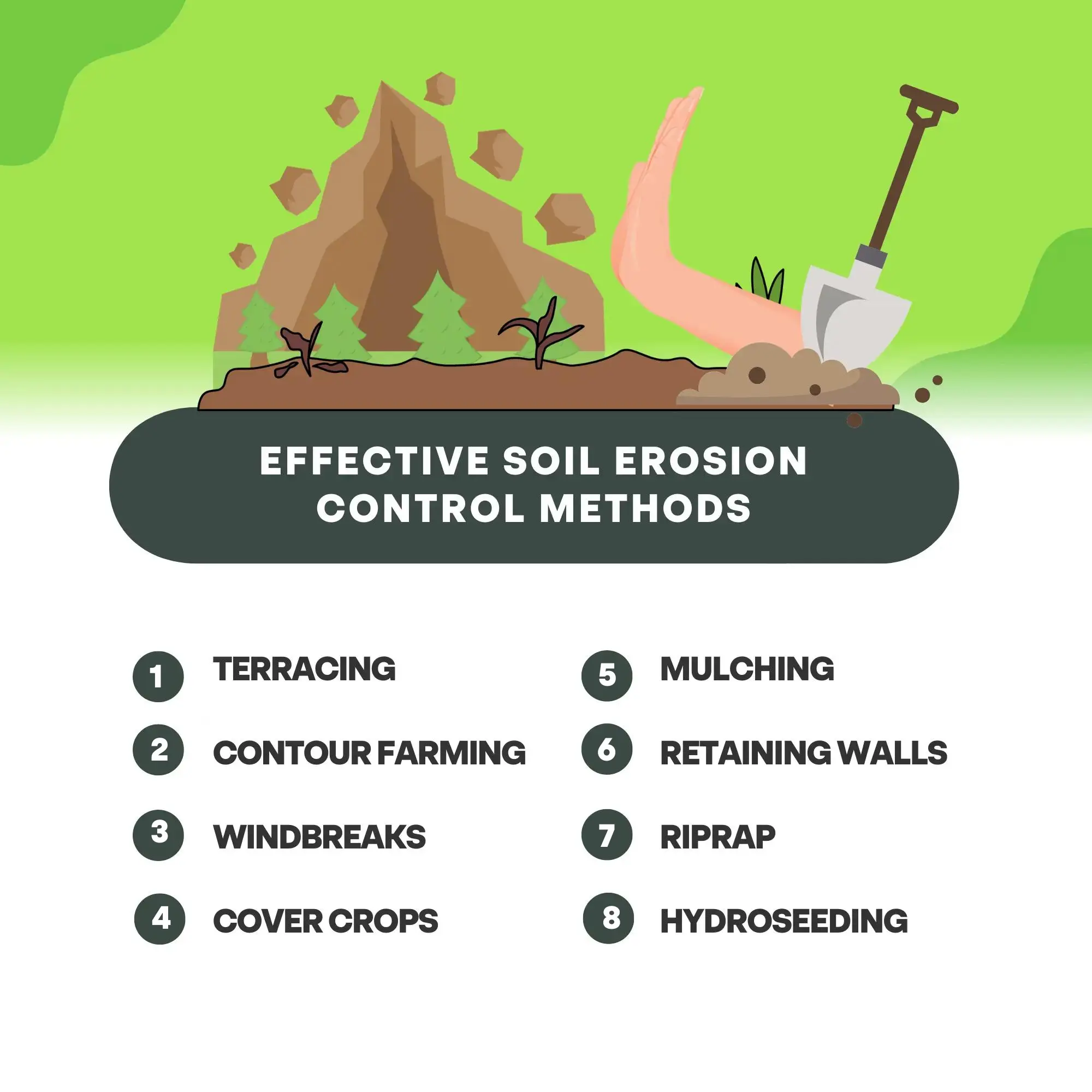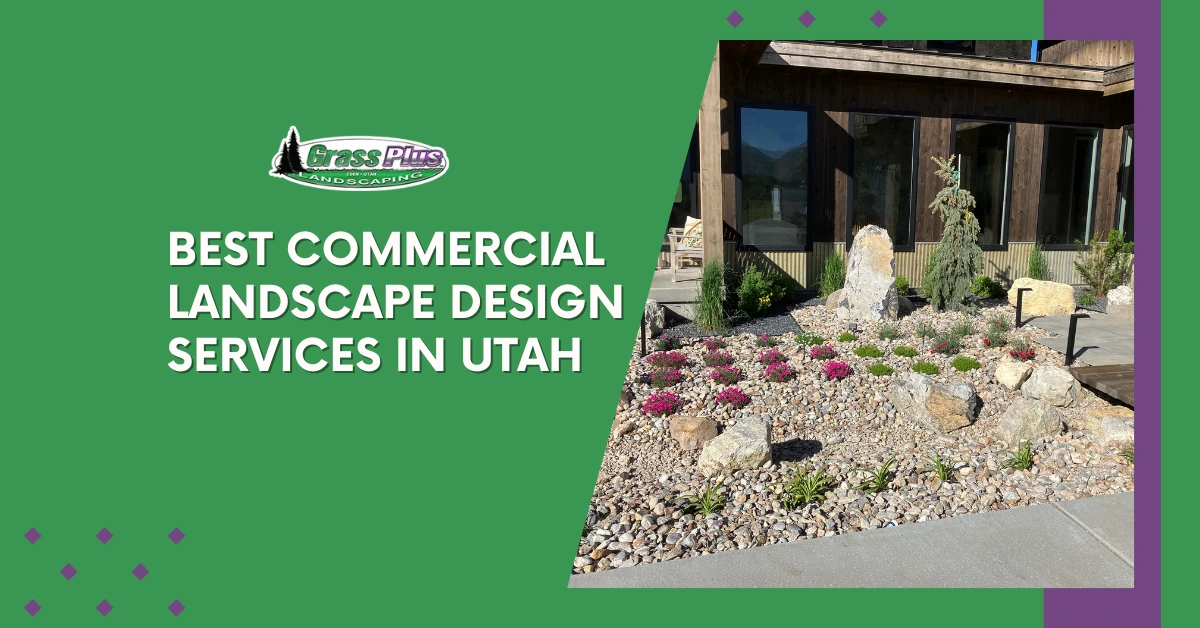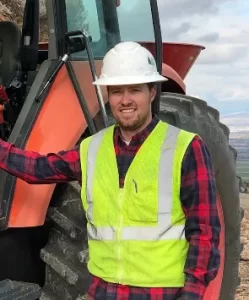Soil erosion is a common detrimental phenomenon that affects landscapes worldwide. It occurs when the topsoil is carried away by wind, water, or other natural forces, leading to the loss of fertile soil and hindering plant growth.
To combat this problem, various soil erosion control methods have been developed, each offering unique ways to safeguard the soil. In this blog, we will explore some effective techniques you can use to prevent soil erosion and maintain a healthy landscape.
The Importance of Soil Erosion Control
Before we get into the different soil erosion control methods, let’s first understand why addressing this issue is essential. Soil erosion poses significant risks to the environment and human society as a whole. Here are some reasons why we should take soil erosion seriously:
1. Economic Impact
Soil erosion can result in financial losses for farmers, as it reduces the soil’s fertility and ability to support plant growth. This, in turn, affects crop yields and can lead to increased expenses for fertilizers and other soil amendments.
2. Environmental Damage
When fertile topsoil is eroded, it can have adverse effects on surrounding ecosystems. The sedimentation of rivers and streams can harm aquatic life, and the loss of nutrients can disrupt the balance of plant and animal communities.
3. Increased Flooding
Soil erosion can contribute to increased flooding and decreased water quality. The eroded sediment can clog waterways, reducing their capacity to hold water and increasing the risk of overflow during heavy rainfall.
4. Impact on Climate Change
Soil acts as a carbon sink, storing significant amounts of carbon dioxide. However, when erosion occurs, this stored carbon is released back into the atmosphere, contributing to greenhouse gas emissions and exacerbating climate change.
Effective Soil Erosion Control Methods
Now that we recognize the risks associated with soil erosion, let’s explore some effective soil erosion control methods to mitigate this problem:
1. Terracing
Terracing is a technique that involves creating a series of flat platforms on steep slopes. These platforms act as steps, reducing the slope’s gradient and minimizing the speed at which water runs down the slope. By slowing down the flow of water, terracing helps to prevent soil erosion by giving it more time to infiltrate into the ground and be absorbed by plants.
2. Contour Farming
Contour farming is one of the soil erosion prevention methods that involves planting crops parallel to the land’s natural shape, following its contours. By planting in this manner, water flow across the slope is slowed, reducing the chances of soil erosion. The contour rows act as barriers, trapping sediment and preventing it from being washed away.
3. Windbreaks
Windbreaks, as the name suggests, are protective barriers of trees, shrubs, or fences strategically planted or positioned to reduce the impact of strong winds. They effectively prevent soil erosion caused by wind by acting as a shield and decreasing the wind’s force on the exposed soil.
4. Cover Crops
Cover crops are a type of vegetation, such as grass or legumes, that are planted to cover the soil between main crop seasons. They are an effective soil erosion control method as they help protect the soil from erosion by reducing the impact of raindrops and improving its ability to absorb water.
5. Mulching
Mulching is one of the widely recognized soil erosion prevention methods that involves the application of a protective layer, such as straw, wood chips, or plastic, on the soil’s surface. This layer acts as a shield, preventing raindrops from directly hitting the soil and causing erosion.
6. Retaining Walls
Retaining walls are structures built to hold or retain soil in sloping areas. They are typically made of concrete, stone, or timber and are an effective soil erosion control method as they prevent the downslope movement of soil. By retaining the soil, these walls reduce erosion risk and stabilize the surrounding landscape.
7. Riprap
Riprap, also known as rock armor, is another one of the soil erosion prevention methods commonly used to protect shorelines, riverbanks, and other areas prone to erosion. It involves the placement of large, durable rocks or concrete pieces along the erodible surface. When water flows, the riprap absorbs and deflects the energy of the water, reducing its erosive force and preventing further soil loss.
8. Hydroseeding
Hydroseeding, or hydraulic mulch seeding, is a modern soil erosion control method that involves spraying a mixture of seed, mulch, fertilizer, and water onto the bare soil. The hydroseed mixture helps to retain moisture, provides temporary erosion control, and serves as a medium for the seeds to germinate and establish vegetation.
The Bottom Line
Preventing soil erosion is crucial for maintaining a healthy and productive landscape. Various soil erosion control methods offer effective strategies to safeguard the soil, and the choice of technique depends on the area’s specific needs.
Terracing and contour farming are ideal for addressing slope erosion, while windbreaks are suitable for areas prone to strong winds. On the other hand, cover crops and mulching are effective in reducing erosion caused by rainfall.
Riprap is the go-to solution for erosion control on riverbanks and shorelines, while retaining walls are best for managing erosion in residential and commercial settings. Hydroseeding is an excellent choice for quick coverage of bare soil in large-scale projects.
Protect Your Landscape With Effective Soil Erosion Control Methods!
Effective soil erosion control methods can help preserve your landscape’s beauty and productivity. If you’re looking for one of the leading erosion control companies in Colorado, our team of experts in Grass Plus, Inc. specializes in providing quality landscaping services, including erosion control. Don’t wait for your soil to suffer from erosion. Contact us today!






